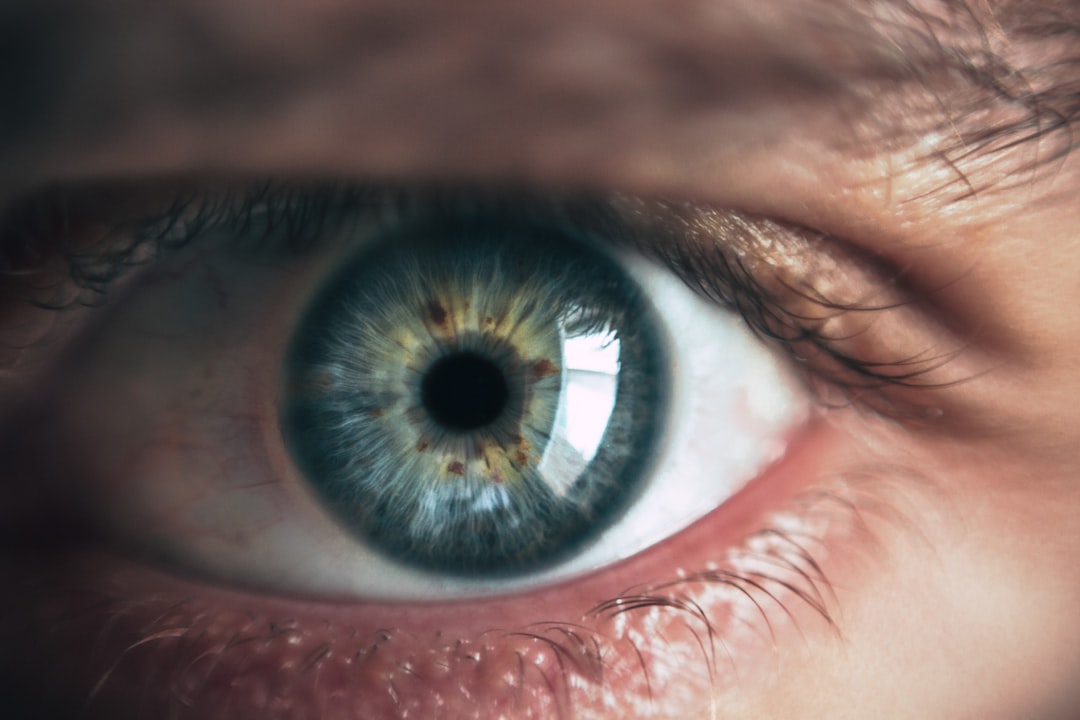What is it about?
Theoretical understanding of how we take information from the outside world to help co-ordinate eye focusing have changed little for over 100 years. Our research has led us to develop a new model of how individual differences in style of the use of blur, binocular disparity and looming cues may explain many clinical patterns better than the older models.
Featured Image
Why is it important?
Clinicians are familiar with the concept that "patients do not always read the textbooks". Our new model allows a better understanding of why different patients respond in different ways to conventional treatments for common conditions such as strabismus (squint), eyestrain and focusing problems.
Read the Original
This page is a summary of: Disparity-driven vs blur-driven models of accommodation and convergence in binocular vision and intermittent strabismus, Journal of American Association for Pediatric Ophthalmology and Strabismus, December 2014, Elsevier,
DOI: 10.1016/j.jaapos.2014.08.009.
You can read the full text:
Contributors
The following have contributed to this page










